Australian Butterfly Life Cycle
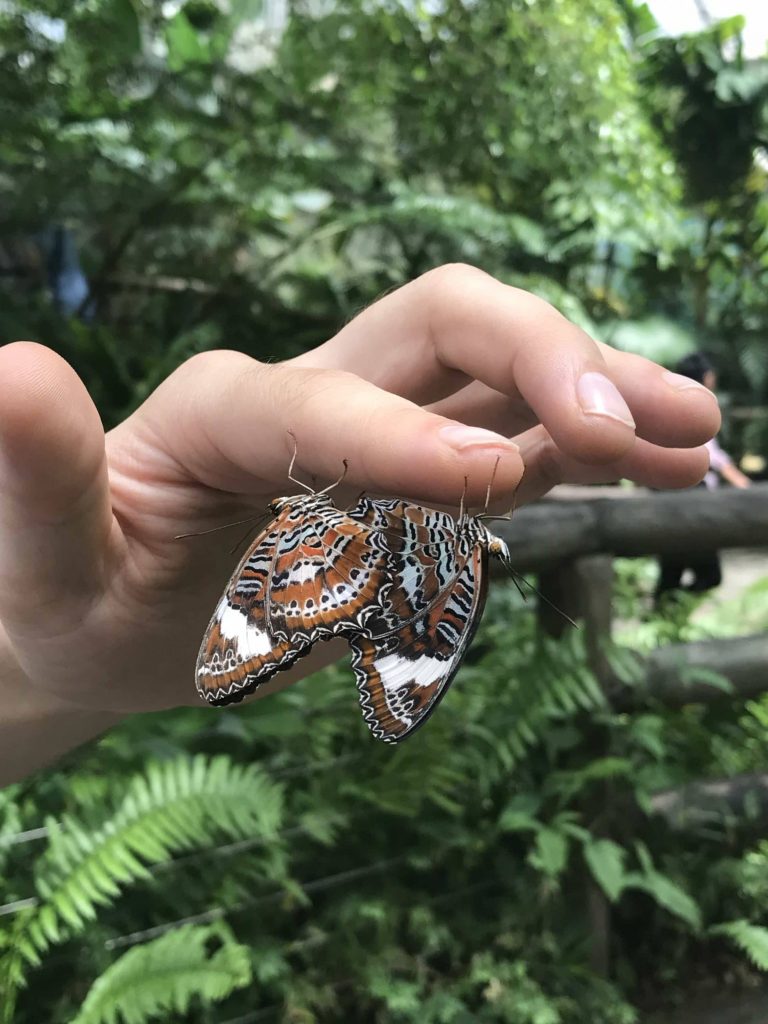
There are many different sections within the Australian Butterfly Sanctuary, each are crucial to the development and conservation of these beautiful creatures. Once you walk through the reception and gift shop you will enter the main aviary. Butterflies can fly freely throughout this area, and there is huge number of different species all around you. […]
Friday Fun Fact – Orange Migrant Butterflies!
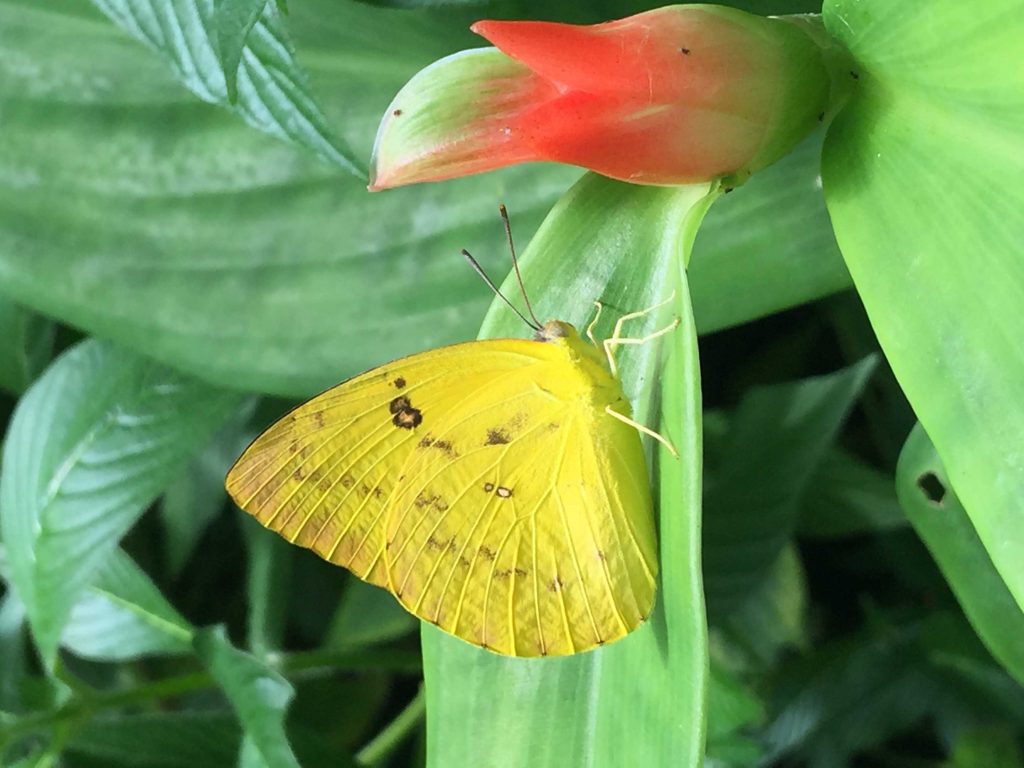
You might remember recently, we mentioned that we had some Orange Migrant caterpillars in our laboratory. Great news, they have emerged and we have some beautiful butterflies flying around our aviary! We’ve been growing the host plant for a few years now, so it’s exciting that we now have the butterfly to go with it. […]
Do butterflies have a brain?
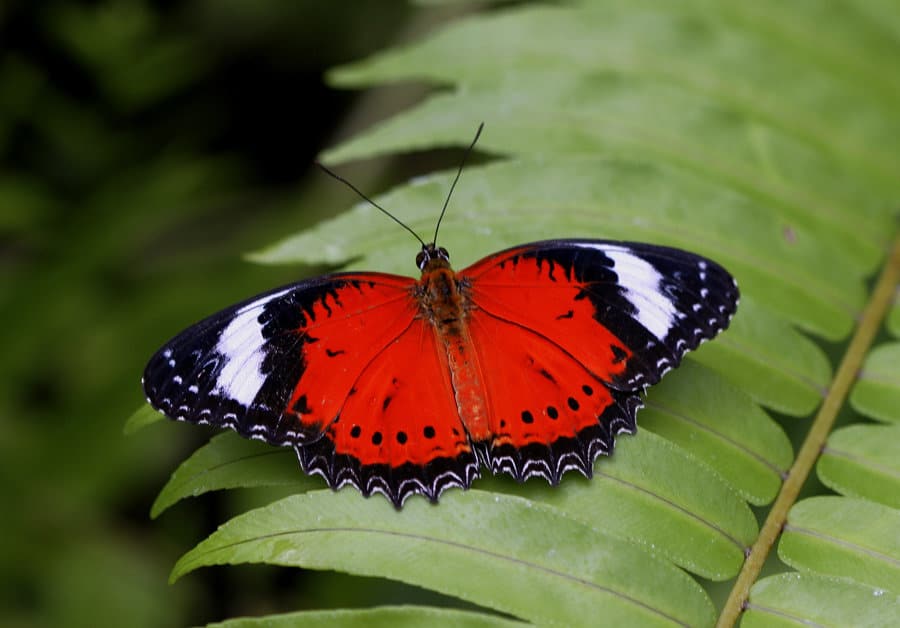
Our butterfly guide, Robin, has often been asked “do butterflies have a brain?” This is a very good illustration on the internal organs … and what do you know, they do have a brain! Insect anatomy scheme A– Head B– Thorax C– Abdomen antenna ocelli (lower) ocelli (upper) compound eye brain (cerebral ganglia) prothorax dorsal artery […]
Orange Migrant Caterpillars
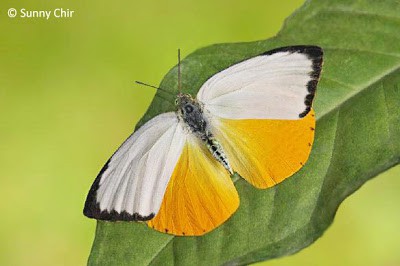
Here in the sanctuary, we have around 70 Orange Migrant caterpillars that should pupate in the next week. 2 to 3 weeks after pupation, they will emerge … just before Christmas! Merry Christmas to us! Source: Caterpillar photos: Australian Butterfly Sanctuary Butterfly photo: http://butterflycircle.blogspot.com.au/2013/10/life-history-of-orange-emigrant.html
New Aviary sign

We’ve had so many new butterflies in the aviary recently, we needed to make a new aviary sign! Keep an eye out for it next time you visit – it will help you identify some of our new species that are flying around the aviary. Remember, some of our butterflies are seasonal so you may […]
Caterpillars as food?!
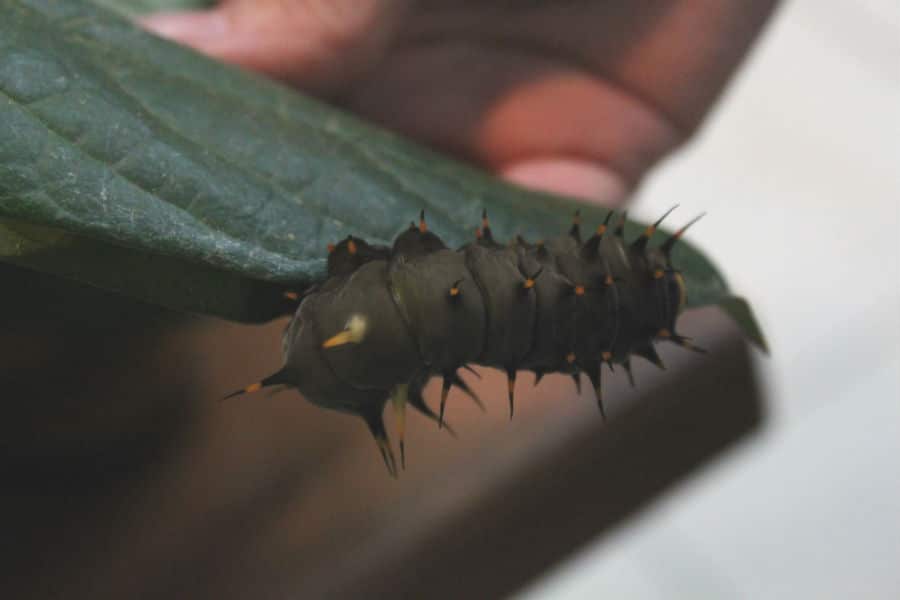
I have often joked that if food gets scarce, we may have to resort to eating caterpillars and now there are serious scientists saying the same thing! Eating insects may not seem appetizing, but John Coupland, PhD, CFS, Professor of Food Science at Penn State University and spokesperson for the Institute of Food Technologists (IFT), […]
Friday Fun Fact – 24 fun facts about butterflies!
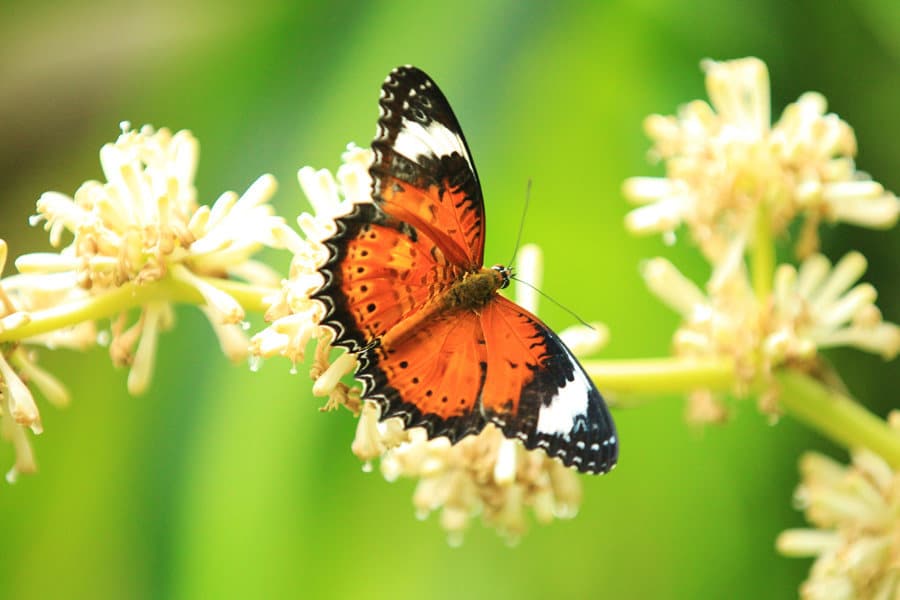
Instead of one big fact this week, we thought we’d share 24 little facts about butterflies with you, courtesy of The Butterfly Site! Butterflies range in size from a tiny 1/8 inch to a huge almost 12 inches. Butterflies can see red, green, and yellow. Some people say that when the black bands on […]
Moth Sex Pheromones

Female moths produce a sex pheromone, a different blend of chemicals for each species, which attracts males from a distance. Males detect these chemicals with exquisitely sensitive hair-like structures in the antenna. These hairs contain specialized neurons, nerve cells that express pheromone receptors which are activated when they bind to individual pheromone components. Different species […]
The Blue Triangle Butterfly

The Blue Triangle butterfly, Graphium sarpedon has been the star research subject in Japan. All butterflies see colours like we do, plus they also see ultraviolet and polarized light. However, recent studies in Japan of the Blue Triangle butterflies have found each of their eyes have at least 15 different types of photo receptors. Most […]
Friday Fun Fact – where are Britain’s butterflies going?

The numbers of Britain’s butterflies have dropped dramatically over the last summer season. The British Butterfly Conservation survey began in 2010. The Big Butterfly Count is a nationwide survey to help create a picture of which species are most at risk. This year 36,000 volunteers took part, recording sightings of butterflies around the region. Despite an […]
